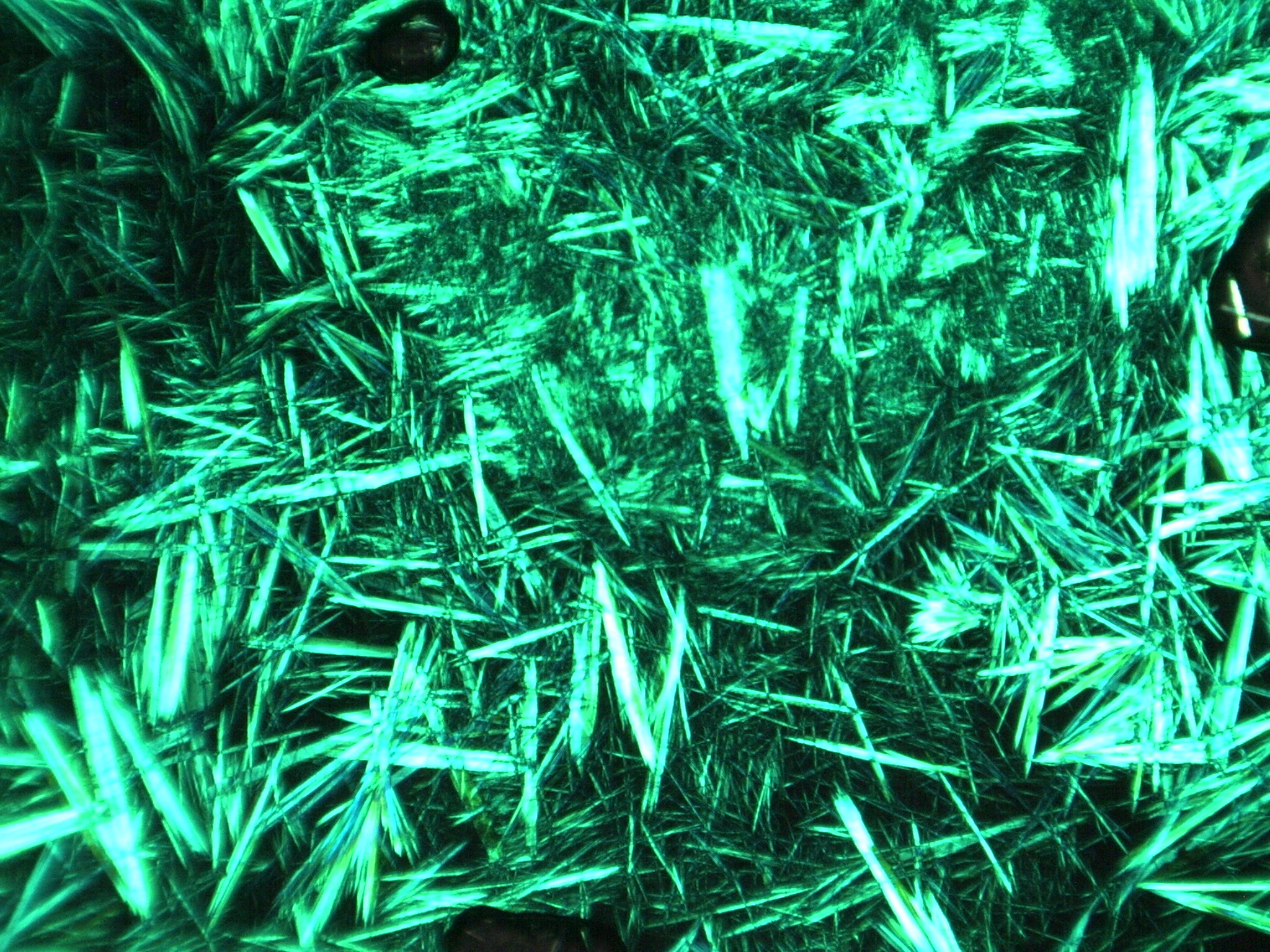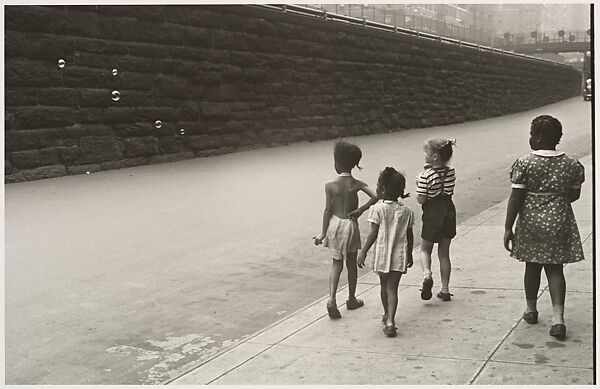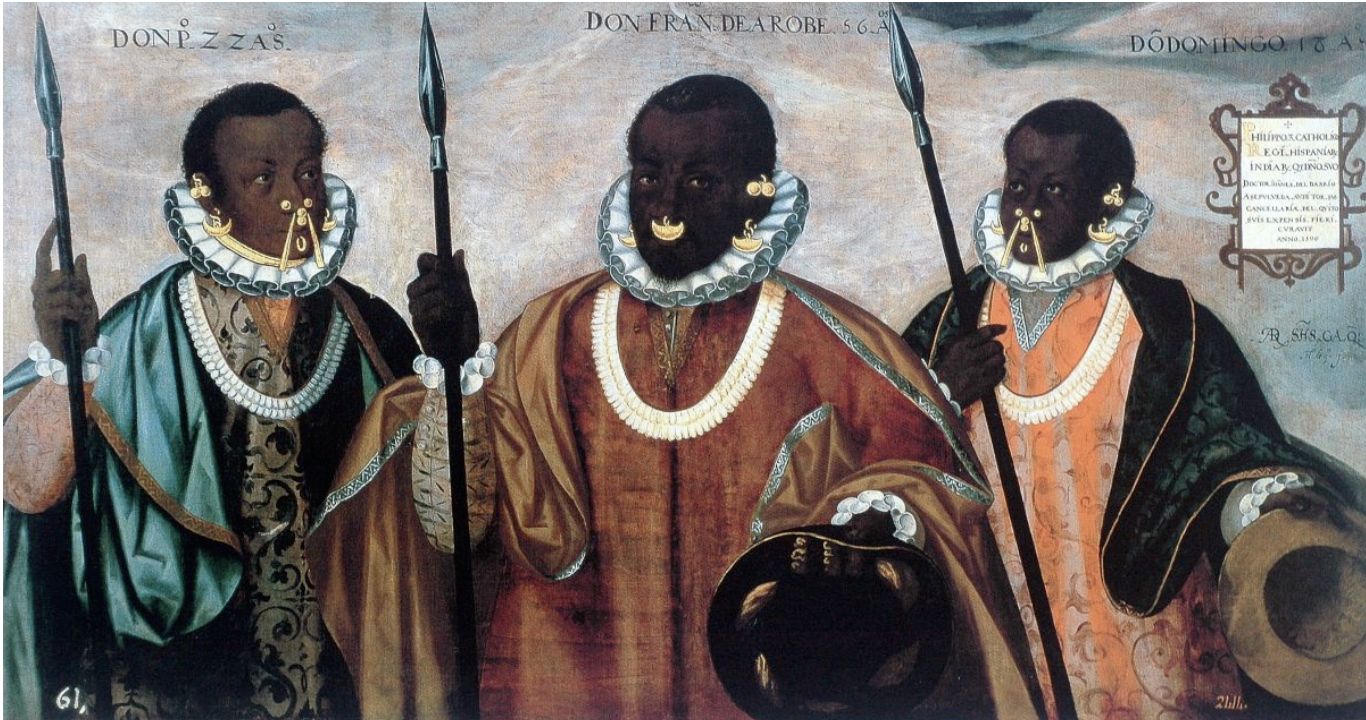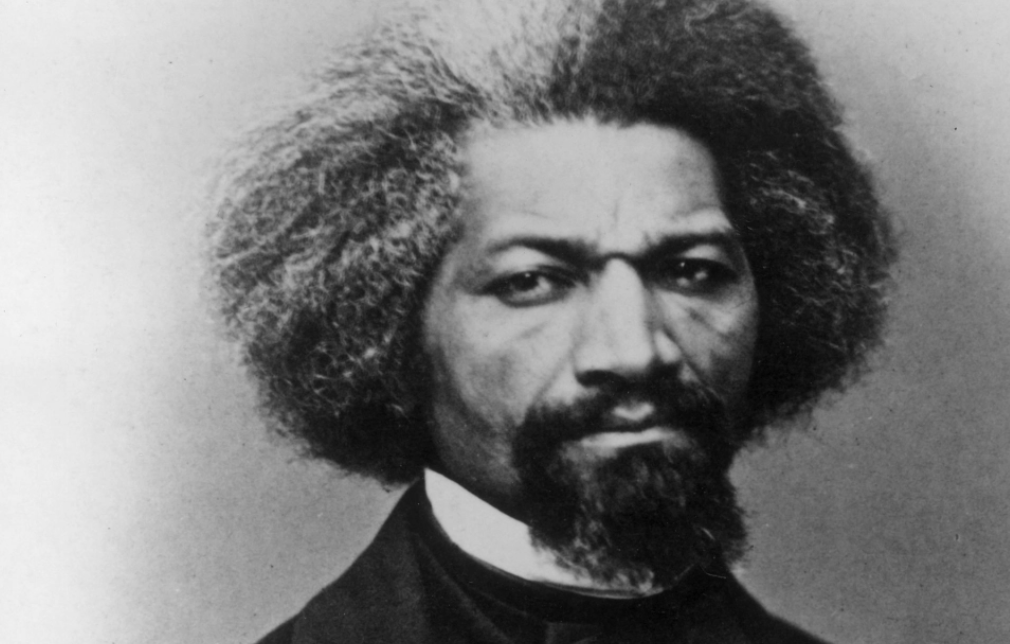
- Teacher: Tom Clayton


This course will explore various forms of children's literature, including domestic and historical fiction, the picture book, fantasy and realism, and the young adult novel. We will analyze children's literature using the same critical standards we apply to literature for adults, while at the same time recognizing the unique needs and responses of the child-audience. In addition, we will consider what it means to be a "reader" of children's literature; how we define a "classic"; the lack of representation in children's literature and publishing; the changing landscape of children's literature; our cultural assumptions about and fictional representations of childhood, home, and family; and the truths we offer children through literature. The class will follow a discussion rather than a lecture format.

This course provides an introduction to the art, visual culture, and architecture of colonial, modern, and contemporary Latin America. The first half of the course will examine early contact between Europeans and Indigenous Americans, with an overview of the importation, adaptation, and responses of European artistic models in the Americas. We will analyze the transformation of Indigenous artistic traditions as a result of the European colonial project in the Americas (1492-ca–1820) through a variety of materials and topics, including, religious architecture, painting, prints, sculpture, and manuscripts drawings. The second half of the course will examine art from the early nineteenth century to the present, considering the role of the arts in building independent nations and creating shared artistic legacies constantly adapting and/or responding to outside influences. By analyzing current art historical debates, in the field of Latin American art, between national vs. cosmopolitan aesthetics, Hemispheric and Inter-American projects for continental unity we will see how Latin American artists negotiated issues of identity and contributed to the development of modern and contemporary art. We will explore twentieth-century Latin American visual arts through photography, manifestos, magazines, performances, exhibitions, and ephemera with a special focus on new technologies and global changes.

Kant’s work marks a decisive turn for modern thinking. In this course, we trace different ways of responding to two basic Kantian insights: that freedom depends on acknowledging our ability to give ourselves laws and that contemporary reality is best analyzed in terms of forms of experience and the conditions that make particular forms of experience possible. We trace these responses in the works of Wollstonecraft, Hegel, Marx, Douglass, DuBois, Emerson, Nietzsche, and others. Our emphasis in reading these texts is on identifying ways in which these thinkers offer tools for helping us to better understand contemporary forms of experience.

Kant’s work marks a decisive turn for modern thinking. In this course, we trace different ways of responding to two basic Kantian insights: that freedom depends on acknowledging our ability to give ourselves laws and that contemporary reality is best analyzed in terms of forms of experience and the conditions that make particular forms of experience possible. We trace these responses in the works of Wollstonecraft, Hegel, Marx, Douglass, DuBois, Emerson, Nietzsche, and others. Our emphasis in reading these texts is on identifying ways in which these thinkers offer tools for helping us to better understand contemporary forms of experience.

If you're a Knox student hoping to pursue a career in medicine (MD or DO), MD/PhD, nursing, pharmacy, occupational therapy, physical therapy, veterinary therapy, dentistry, or public health, check out the resources within this classroom. Videos, powerpoint slides, workshop sessions, website links, resources to explore and learn how to get opportunities, and more!
